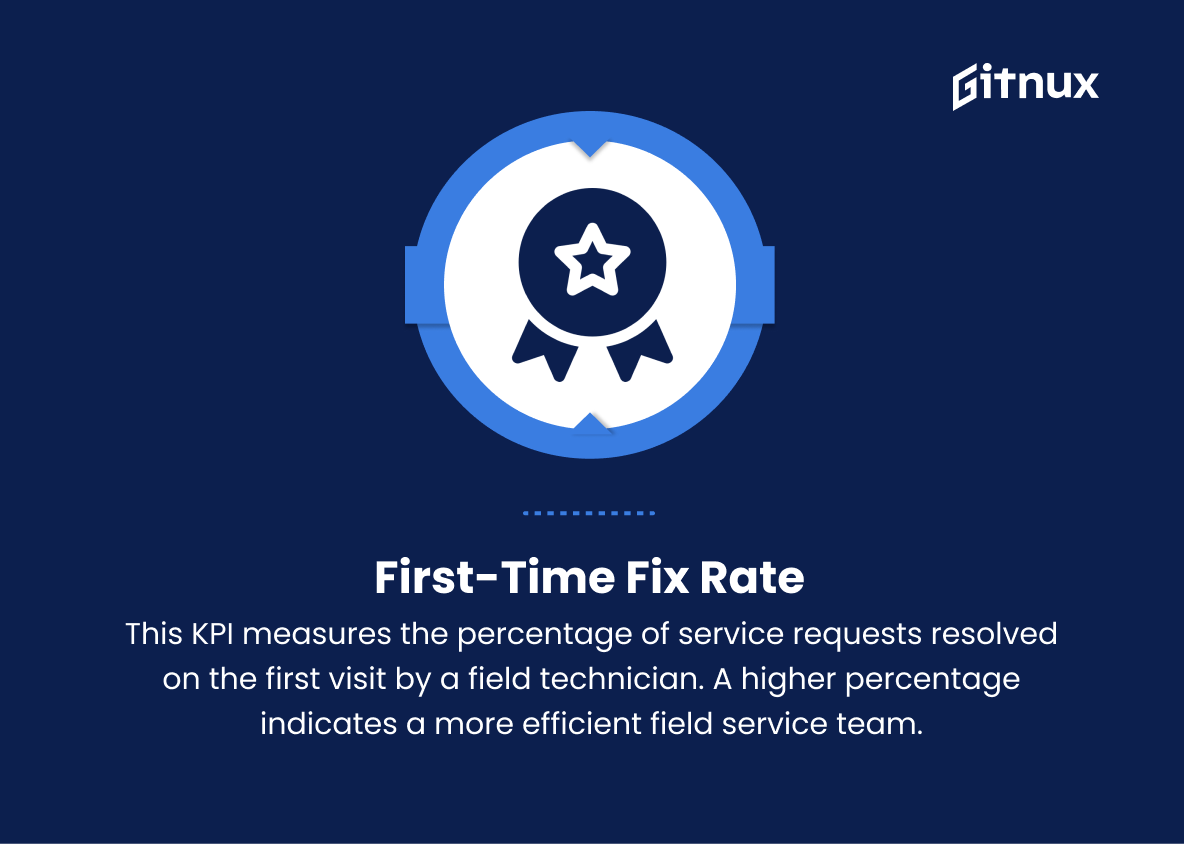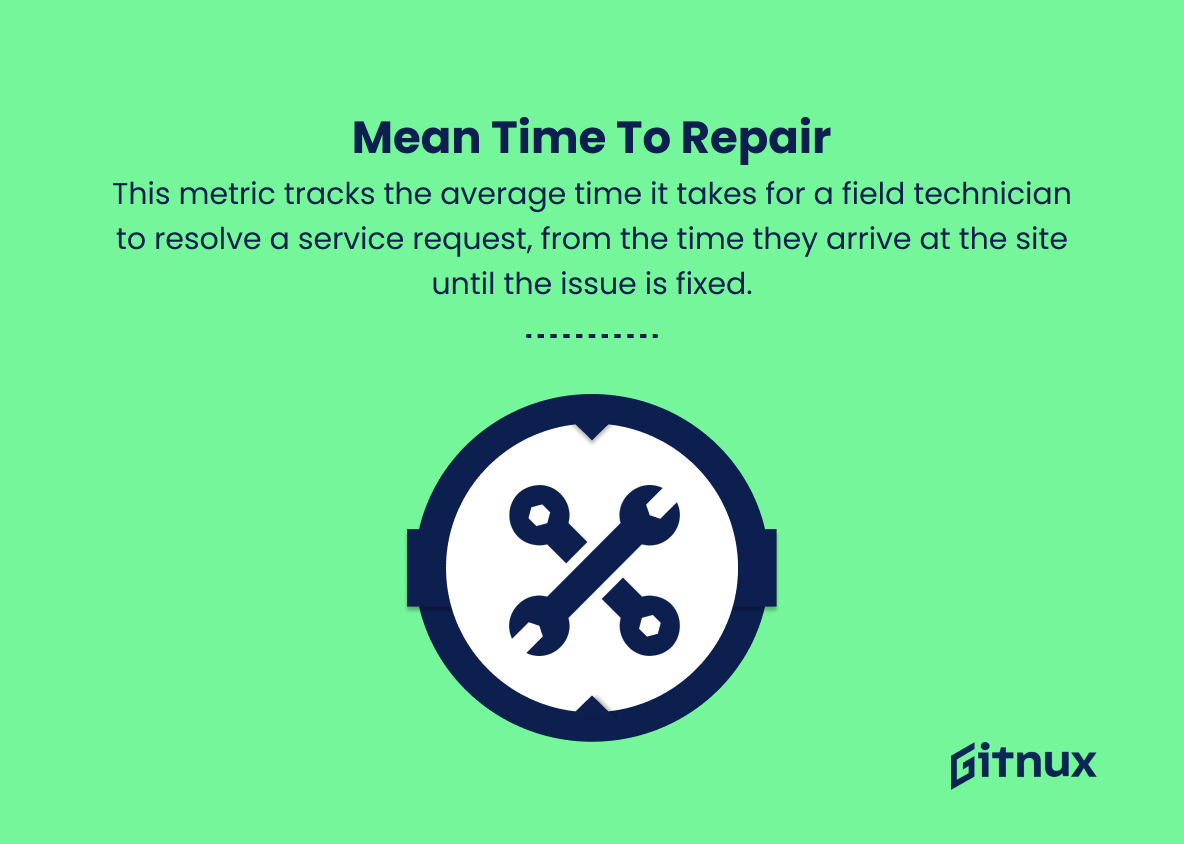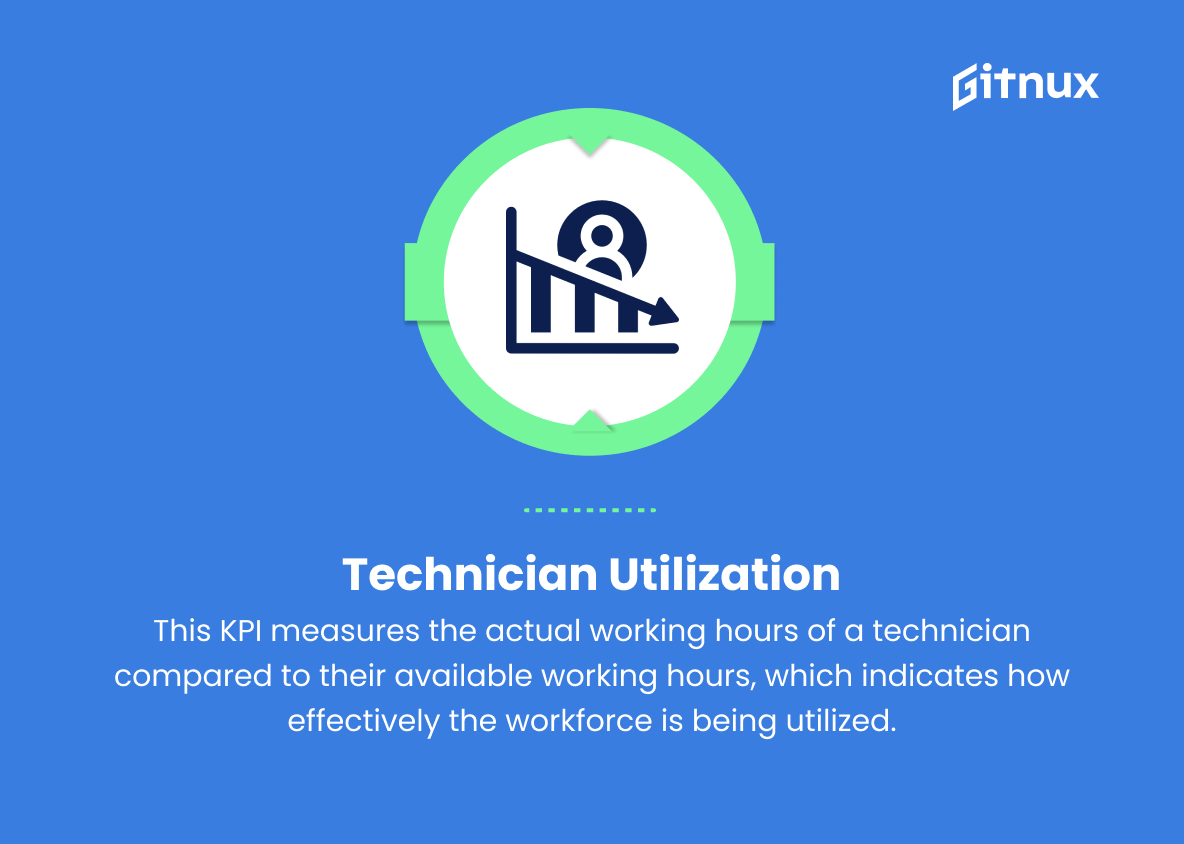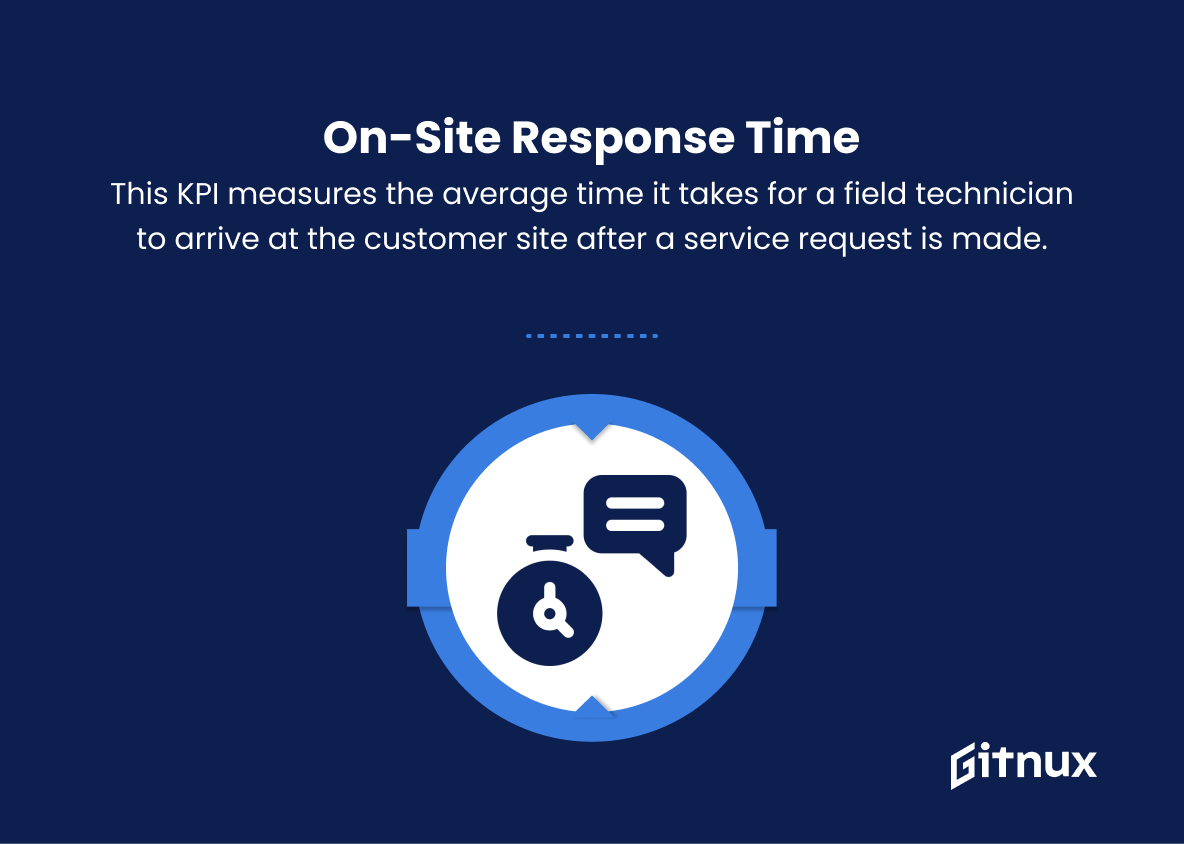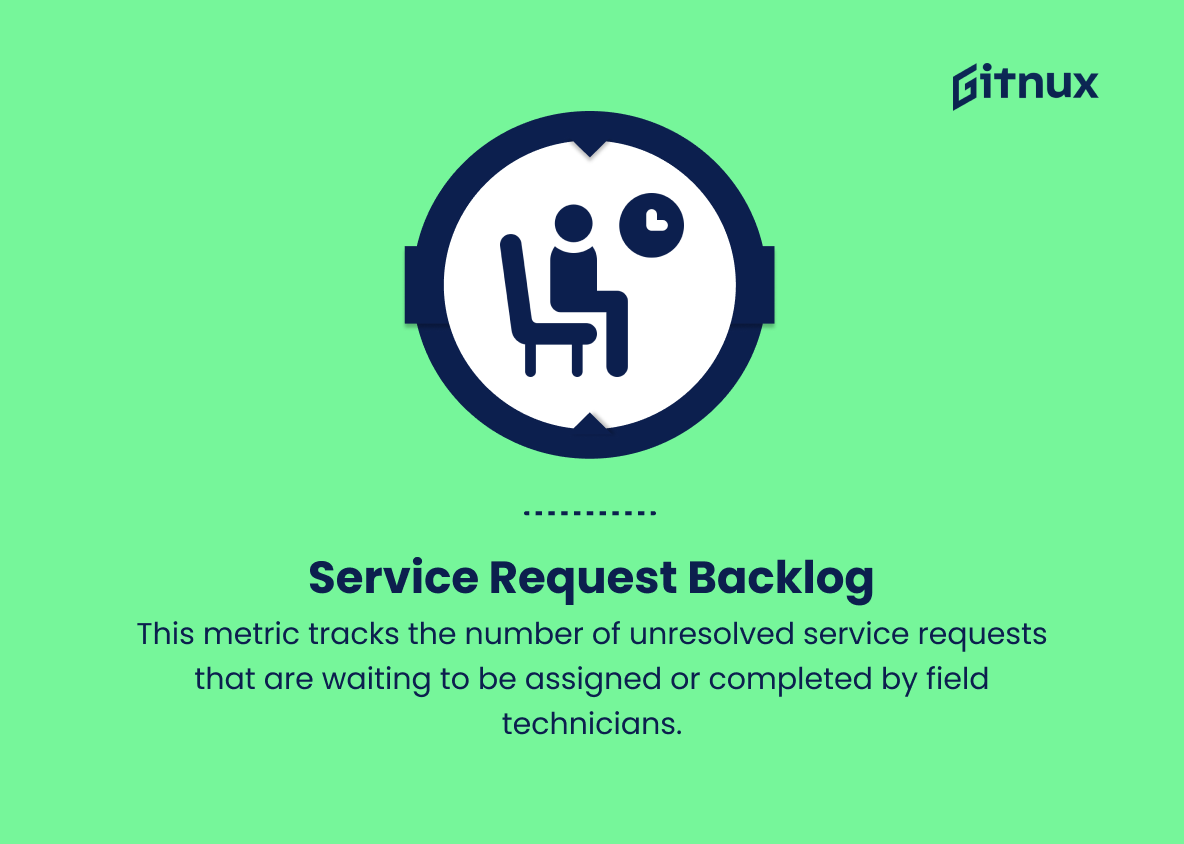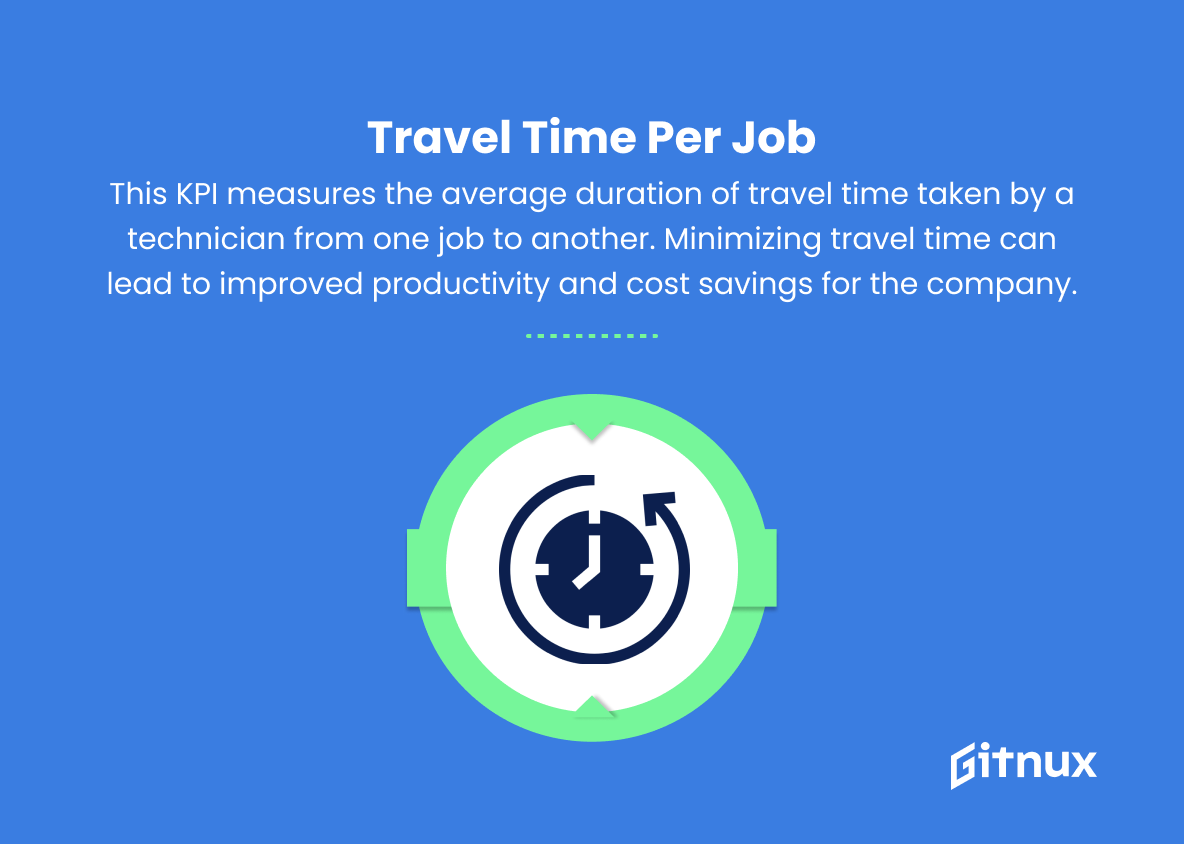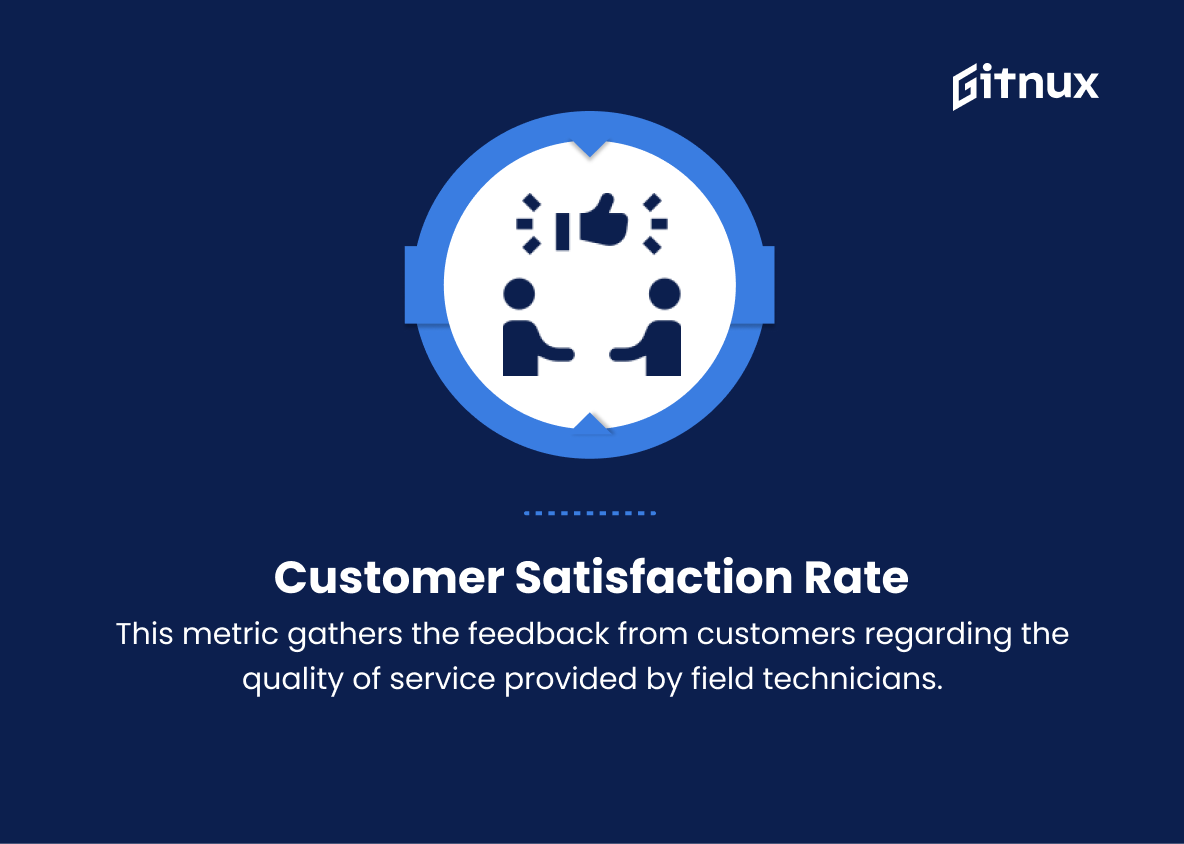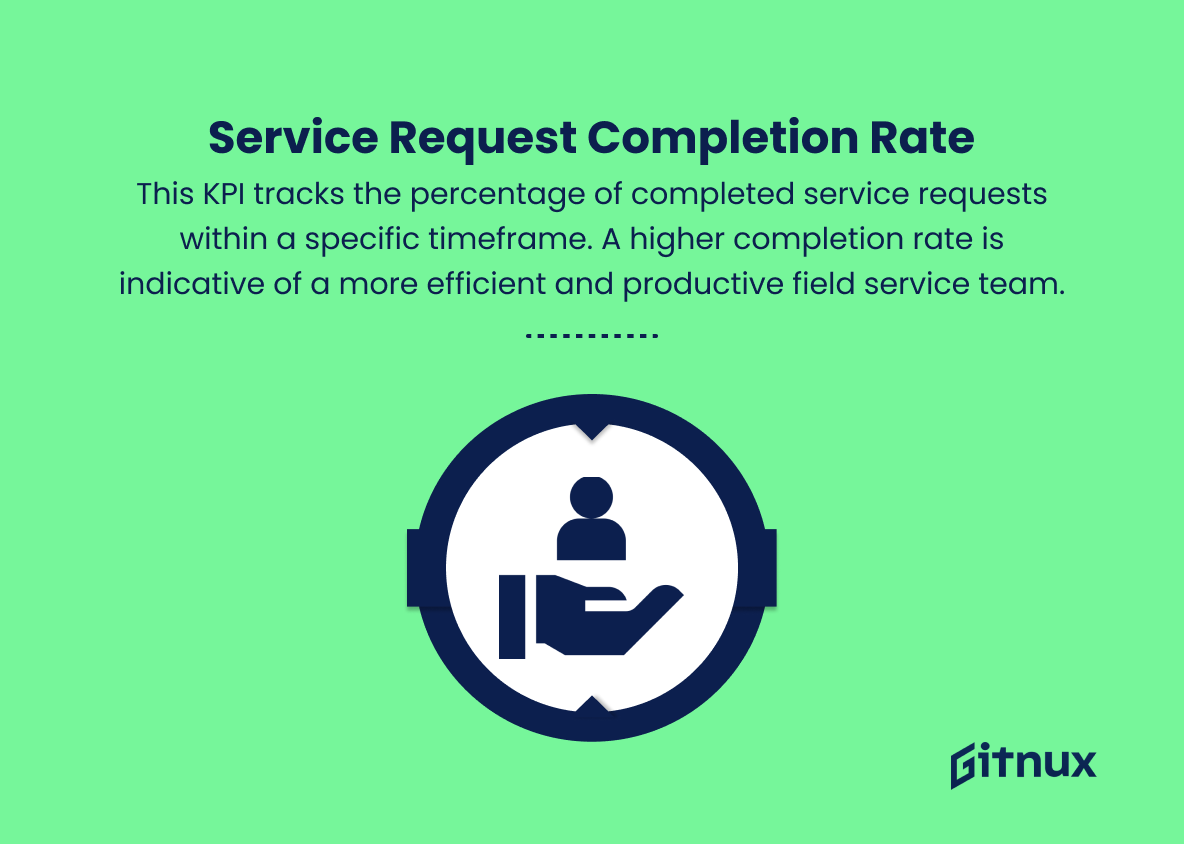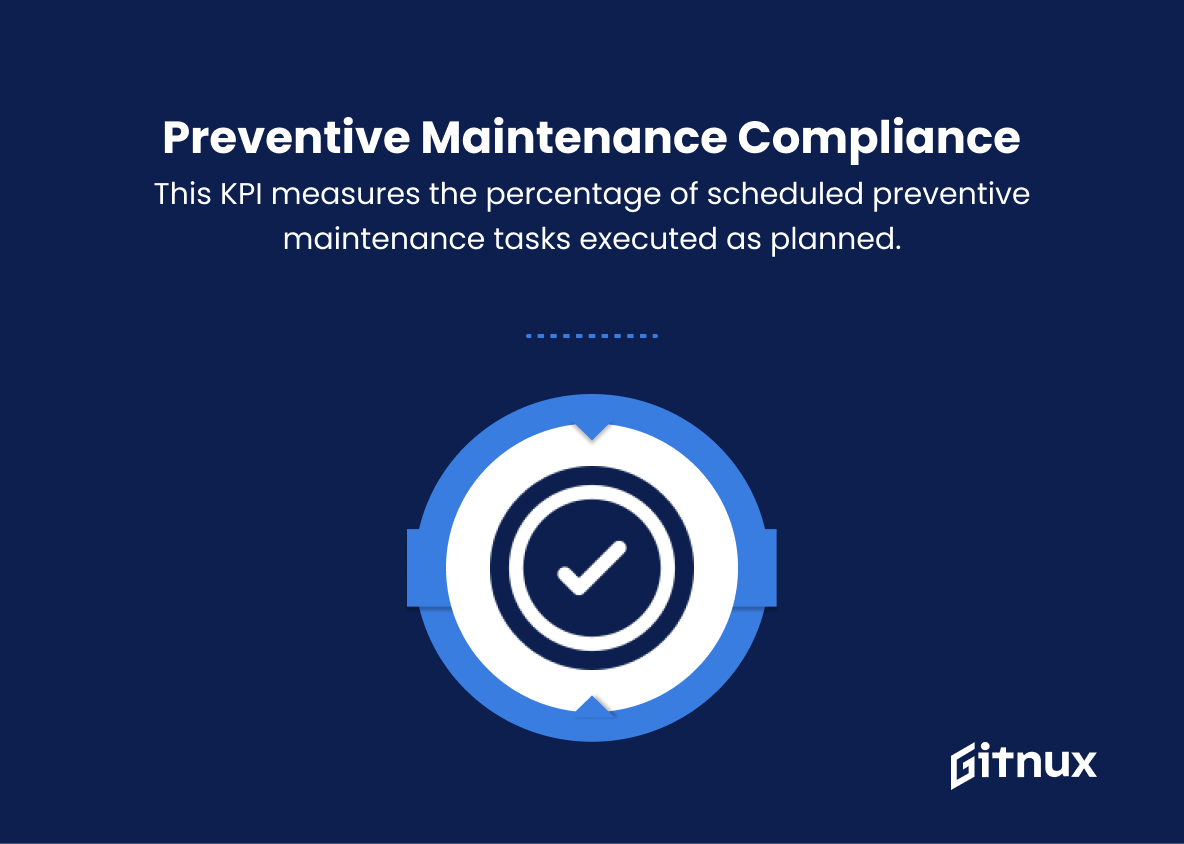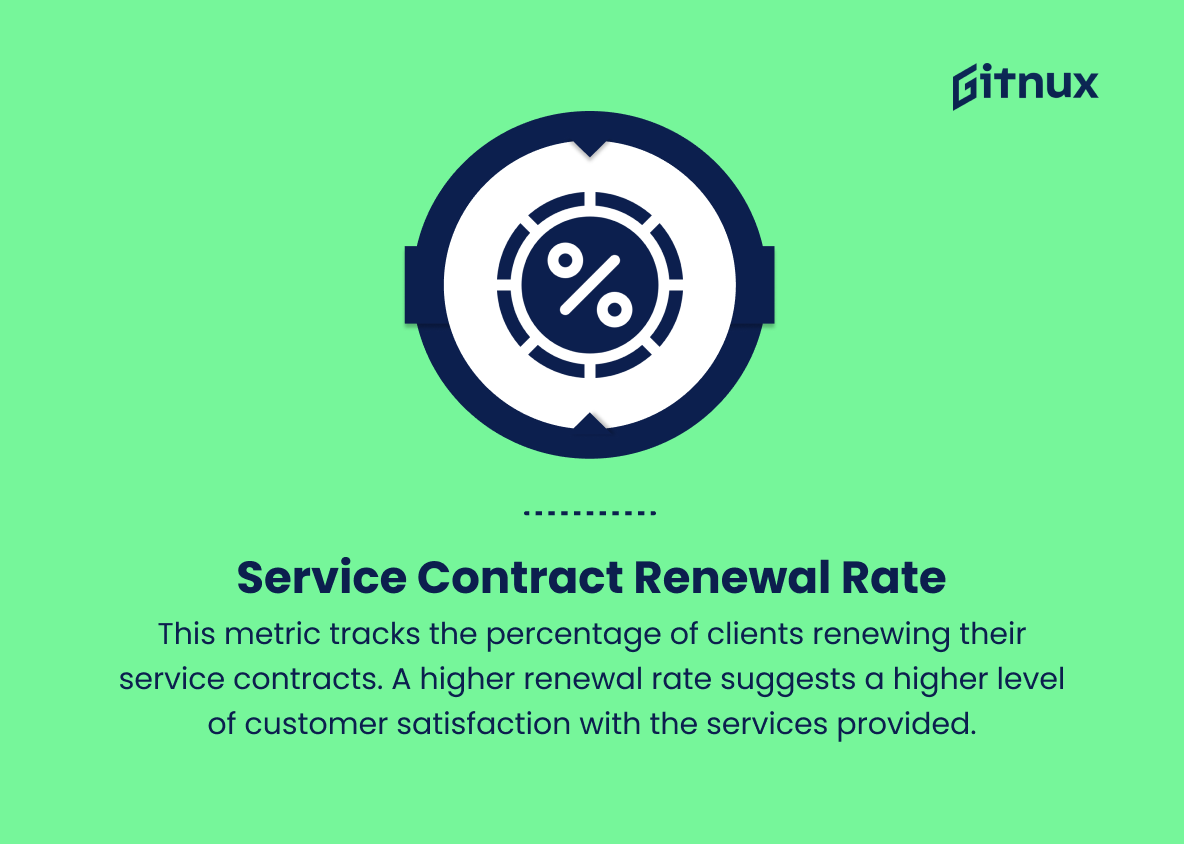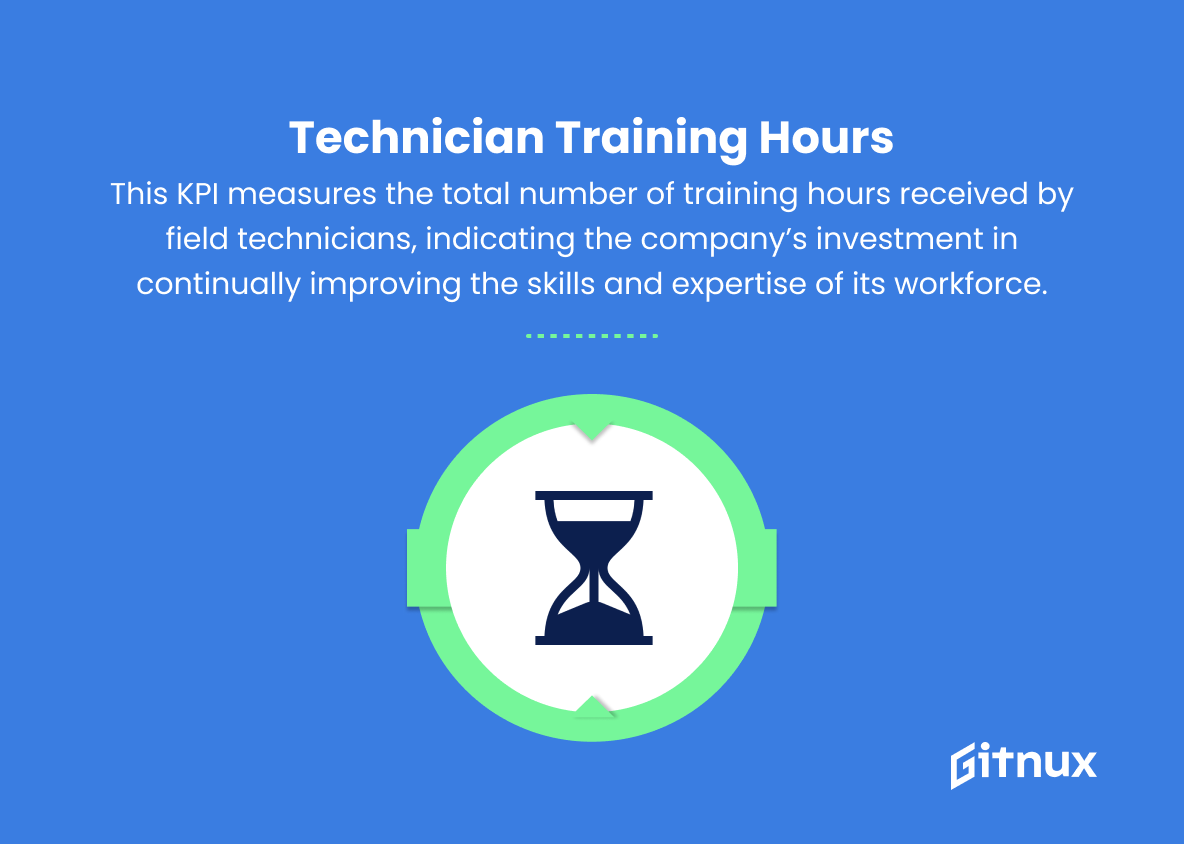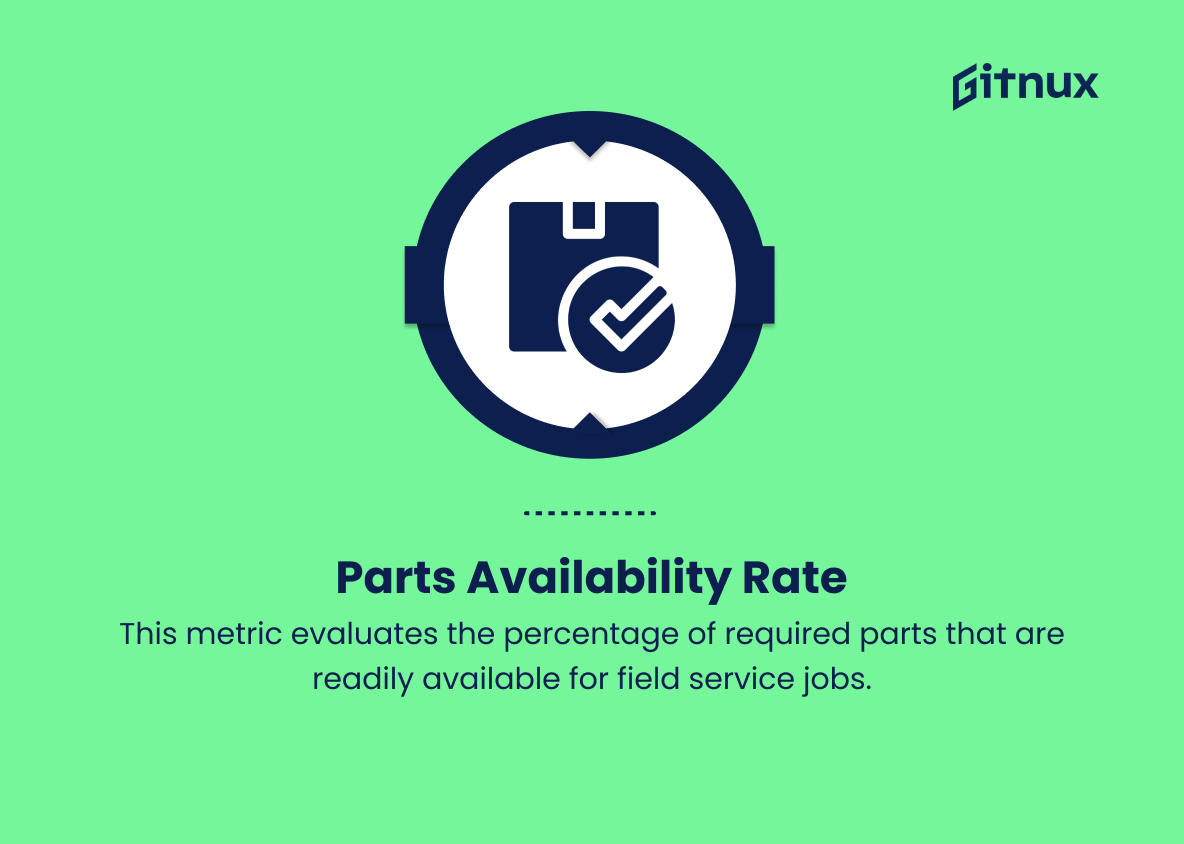In today’s fast-paced and competitive business landscape, organizations constantly strive to improve their performance and exceed customer expectations. To achieve this, companies from various industries rely on field service operations that reflect an essential component of the overall customer experience. However, such operations can become complex and challenging to manage effectively without the proper measurement tools in place.
This is where Key Performance Indicators (KPIs) come into play. Field Service KPIs serve as valuable metrics to optimize efficiency, enhance decision-making, and drive continued excellence in field service delivery. In this blog post, we will delve into the critical role of Field Service KPIs, explore some of the most relevant and impactful indicators, and outline strategies to implement and analyze them, ultimately boosting your organization’s performance and customer satisfaction.
Field Service KPIs You Should Know
1. First-Time Fix Rate
This KPI measures the percentage of service requests resolved on the first visit by a field technician. A higher percentage indicates a more efficient field service team.
2. Mean Time to Repair (MTTR)
This metric tracks the average time it takes for a field technician to resolve a service request, from the time they arrive at the site until the issue is fixed.
In today’s fast-paced and competitive business landscape, organizations constantly strive to improve their performance and exceed customer expectations.3. Technician Utilization
This KPI measures the actual working hours of a technician compared to their available working hours, which indicates how effectively the workforce is being utilized.
4. On-Site Response Time
This KPI measures the average time it takes for a field technician to arrive at the customer site after a service request is made. A shorter response time contributes to improved customer satisfaction.
5. Service Request Backlog
This metric tracks the number of unresolved service requests that are waiting to be assigned or completed by field technicians. A smaller backlog indicates better overall service delivery.
6. Travel Time per Job
This KPI measures the average duration of travel time taken by a technician from one job to another. Minimizing travel time can lead to improved productivity and cost savings for the company.
7. Customer Satisfaction Rate
This metric gathers the feedback from customers regarding the quality of service provided by field technicians. A high satisfaction rate is crucial for maintaining a positive company reputation and building long-term customer relationships.
Establishing actionable goals and continuously monitoring these KPIs can help organizations achieve a competitive edge and set a foundation for success in the ever-evolving field service landscape.8. Service Request Completion Rate
This KPI tracks the percentage of completed service requests within a specific timeframe. A higher completion rate is indicative of a more efficient and productive field service team.
9. Average Cost per Service Request
This metric calculates the total cost of executing a service job, including labor, materials, and other expenses. The lower the average cost per service request, the more cost-effective the field service operation is.
10. Preventive Maintenance Compliance
This KPI measures the percentage of scheduled preventive maintenance tasks executed as planned. Higher compliance rates can reduce equipment downtime and enhance overall service reliability.
11. Service Contract Renewal Rate
This metric tracks the percentage of clients renewing their service contracts. A higher renewal rate suggests a higher level of customer satisfaction with the services provided.
12. Technician Training Hours
This KPI measures the total number of training hours received by field technicians, indicating the company’s investment in continually improving the skills and expertise of its workforce.
13. Number of Repeat Visits
This KPI measures the frequency of repeat visits made by technicians for resolving the same issue. A lower number of repeat visits indicates better first-time fix rates and more efficient field service operations.
14. Parts Availability Rate
This metric evaluates the percentage of required parts that are readily available for field service jobs. Higher availability rates contribute to shorter repair times and reduced customer downtime.
Field Service KPIs Explained
Field Service KPIs are essential indicators for measuring the performance and efficiency of a field service team. First-Time Fix Rate reflects the team’s competence in resolving issues during their initial visit, leading to increased customer satisfaction. Mean Time to Repair offers insight into the team’s effectiveness and ability to resolve issues in a timely manner. Technician Utilization, On-Site Response Time, and Travel Time per Job highlight operational efficiency and workforce management, directly impacting overall service delivery.
A smaller Service Request Backlog and a higher Service Request Completion Rate reflect better resource allocation and workload management. Monitoring Average Cost per Service Request, Preventive Maintenance Compliance, and Parts Availability Rate ensures cost-effective operations and improved service reliability. High Customer Satisfaction and Service Contract Renewal Rates indicate strong customer relationships and the company’s positive reputation.
Investing in Technician Training Hours ensures a skilled workforce, while a low Number of Repeat Visits demonstrates a high level of service efficiency. Overall, analyzing these KPIs plays a critical role in optimizing a field service team’s performance and achieving better results.
Conclusion
In summary, understanding and effectively tracking Field Service KPIs is crucial for organizations to optimize their field operations and drive continuous improvement. By focusing on crucial metrics such as first-time-fix rate, technician utilization, average response time, customer satisfaction, and mean-time-to-repair, businesses can identify areas needing improvement to increase efficiency, reduce costs, and enhance customer experiences. Establishing actionable goals and continuously monitoring these KPIs can help organizations achieve a competitive edge and set a foundation for success in the ever-evolving field service landscape.
